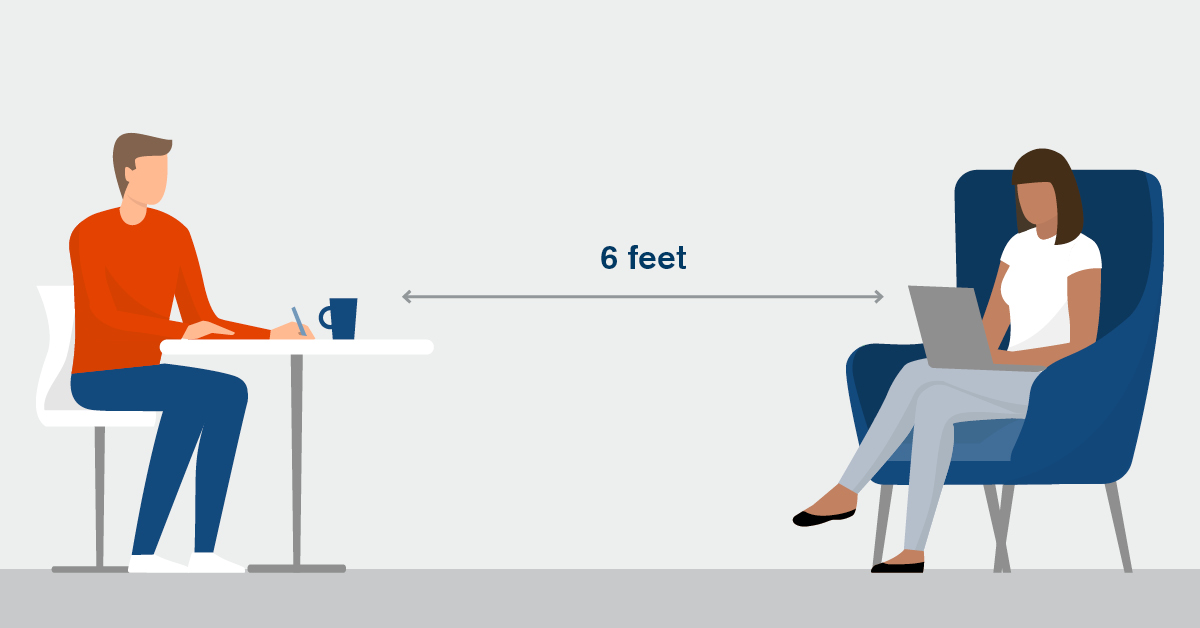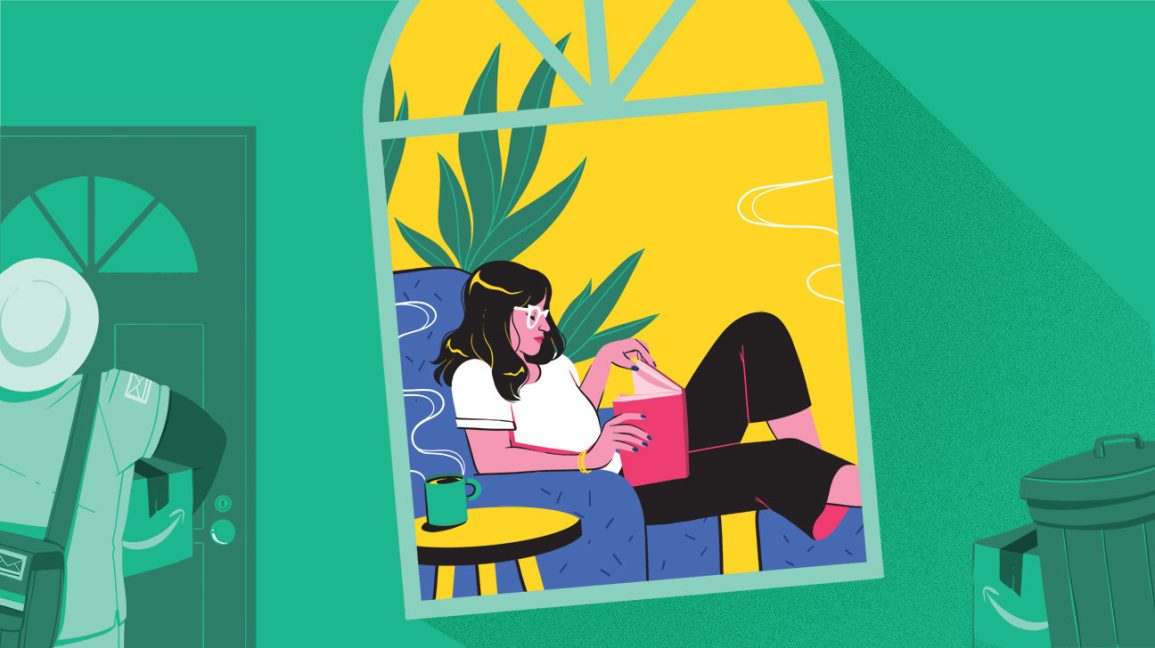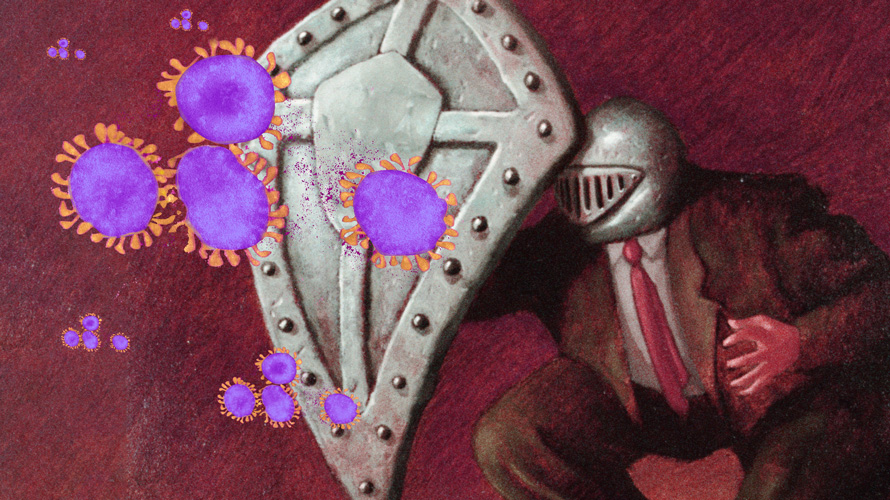What do all the different terms mean?
There are all sorts of new terms being used for the ways we should behave in order to minimise the risk of Coronavirus and keep ourselves and our communities safe. We thought it would be useful to explain what each of them mean.
Social Distancing

The Government has announced that everyone should stay at home unless they are undertaking exercise, going to work or outside for wellbeing reasons.
When you do go outside you should:
- Stay 2 meters (6ft) away from other people
- Wash your hands as soon as you get home
You can spread the virus even if you don't have symptoms.
You can find more information about social distancing from the government here.
Self Isolation

If either you or someone you live with has a high temperature, over 37.5c, or a new continuous cough - even if it is mild - you should not leave the house at all for 14 days. You can received deliveries but you mustn't have contact with anyone outside of your immediate household. After these 14 days, you are able to return to Social Distancing.
You can find out more information about self isolation from the government here.
Shielding

If you are in an extremely vulnerable group, then the government advises that you should stay at home without any external contact for 12 weeks. If you share a household with someone from one of these groups then you should also stay at home with them. This is because the risk of a very serious consequence of catching Coronavirus, including dying, is far more likely for people in these groups.
You can find more information about shielding, including which groups this includes, from the government here.